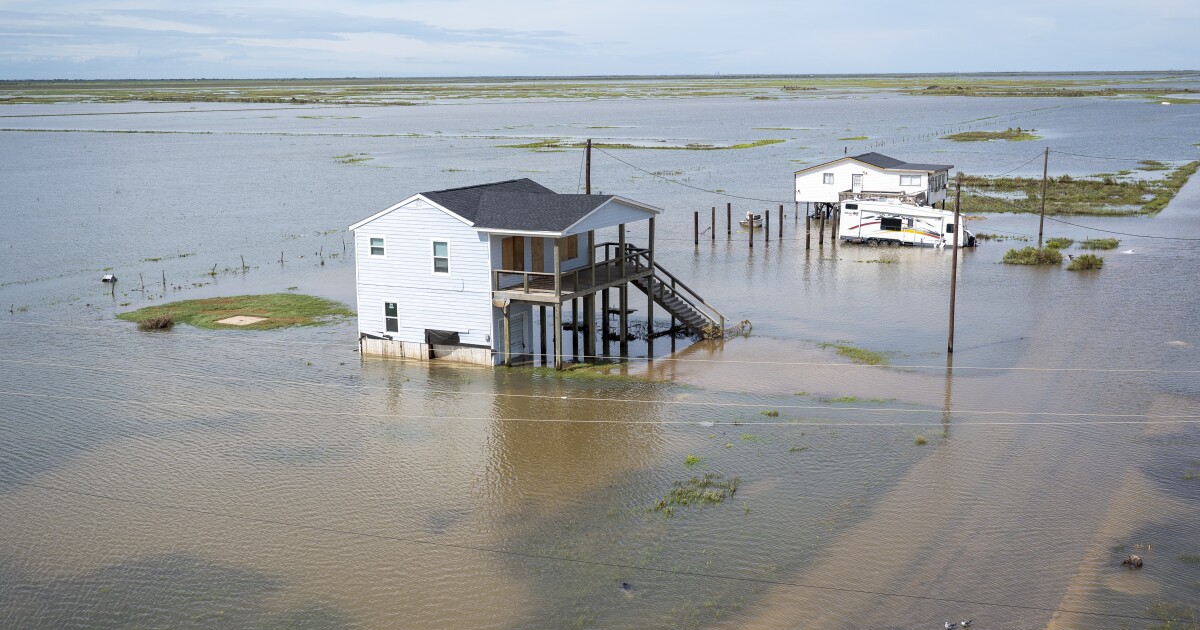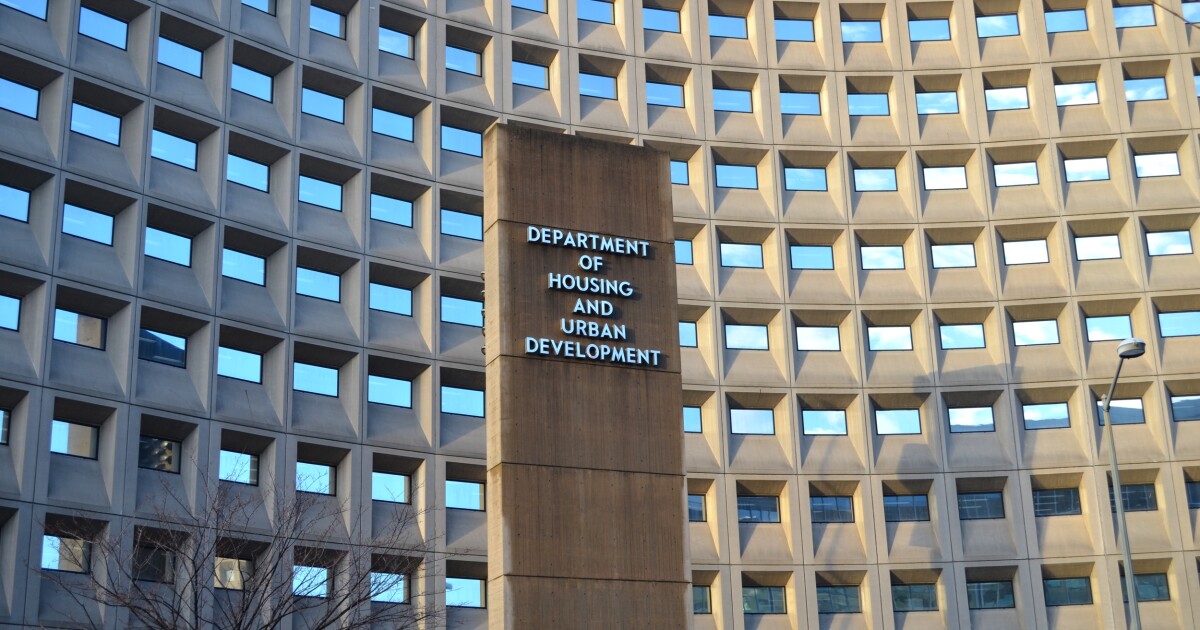
Mortgage fraud risk ended the second quarter at its highest level in over three years as issues related to undisclosed real estate debt and transaction misrepresentations had significant annual increases, according to Cotality.
When
On average one of every 116 mortgage applications had indications of fraud in the second quarter, or 0.86%. Purchase applications, which made up 70% of the market for the period, had a one in 106 rate; refinancings had a 1 in 142 rate, the Cotality 2025 Annual Fraud report said.
Why fraud risk is on the rise
But purchase had a much smaller increase in fraud risk, 5%, versus 22% annual growth for refinancings. Cotality attributed the difference to growth in multifamily, cash-out and investment refi activity.
"The increase in the fraud risk can partly be attributed to the volatility starting to be seen in the real estate market," said Matt Seguin, senior principal, fraud solutions, in the report. "
The Index ended the second quarter at 135.3, compared with 133.4 for the first quarter and 127.5 for the same period last year.
This is the highest the index has been at since the first quarter of 2022, when it was at 140.6.
The
"Historically, and again in 2025, these are the two highest fraud risk segments," said Josh Wilson, primary fraud risk modeler, science and analytics. "They have driven the National Fraud Index up 6.1% year over year."
But the fraud risk related to multifamily loans declined for the first time since 2020, falling 2% compared with one year ago.
Investment property risk increased 5%.
Why most types of fraud risk increased annually
Across all types of fraud, only occupancy fraud risk declined, by 0.9% compared with the second quarter of 2024. This data is not indicative of the prevalence of each form of risk.
"There has been
Given that Cotality takes its data from applications, which is often a leading indicator of a change in risk, this drop is a good sign for the future.
"In this case, occupancy fraud risk, while still prevalent, seems to have leveled off and even begun dropping slightly," he continued.
But the growth in undisclosed real estate debt and transaction fraud risks are likely results of the state of the current housing market in general.
Factors behind the 12% year-over-year rise are
When it comes to transaction fraud risk, while it declined 7.7% versus the first quarter, it was still up 6.2% year-over-year. This follows a 4.9% annual increase in the second quarter of 2024 versus the same period in 2023.
"The rise is tied to borrowers with multiple real estate purchases, transactions in areas with a high concentration of private lenders, and sales with multiple high-risk flags," Cotality said.
Income misrepresentation remains the leading fraud finding in Fannie Mae investigations, accounting for 46% of the cases through 2024, the report claimed. This risk rose 2.1% annually.
Slowing price growth contributed to a 6.3% quarter-to-quarter rise in property risk, although versus the second quarter last year, it was only 1.5% higher.



